 Alamo Newsletter
Alamo Newsletter
Entry Type: Thing
 Alamo Newsletter
Alamo Newsletter
Albert Pike Hotel
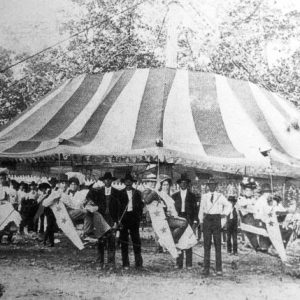 Alco Merry-Go-Round
Alco Merry-Go-Round
Alco School
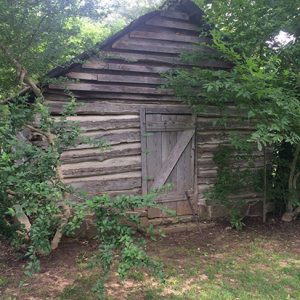 Alder Brook Trading Post
Alder Brook Trading Post
Alderson-Coston House
 Alderson-Coston House
Alderson-Coston House
Alexander George House
Alexander House
 Dale Alford
Dale Alford
Algae
 All American Red Heads Poster
All American Red Heads Poster
 All American Red Heads Logo
All American Red Heads Logo
All Souls Church
Allen Tire Company and Gas Station
Allens, Inc.
aka: Allen Canning Company
aka: Sager Creek Vegetable Company
 Alleycropping
Alleycropping
 Alligator Snapping Turtle Gullet
Alligator Snapping Turtle Gullet
 Alligator Snapping Turtle
Alligator Snapping Turtle
 Alligator Snapping Turtle
Alligator Snapping Turtle
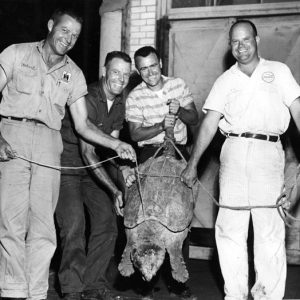 Alligator Snapping Turtle
Alligator Snapping Turtle
Alligator Snapping Turtle
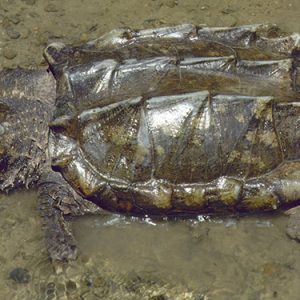 Alligator Snapping Turtle
Alligator Snapping Turtle
 Alligator Snapping Turtle Hatchlings
Alligator Snapping Turtle Hatchlings
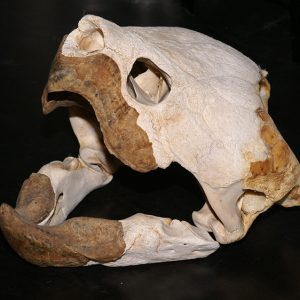 Alligator Snapping Turtle Skull
Alligator Snapping Turtle Skull
Alltel
Along Came a Cowboy
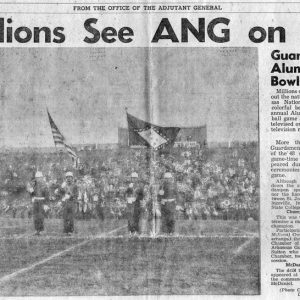 Aluminum Bowl Coverage
Aluminum Bowl Coverage
 Aluminum Bowl Program
Aluminum Bowl Program
Amazing Adventures of My Dog Sheppy, The
Amendment 33
Amendment 44
aka: Interposition Amendment
Amendment 59
aka: Taxation Amendment
Amendments 19 and 20
aka: Futrell Amendments
 American Alligator
American Alligator
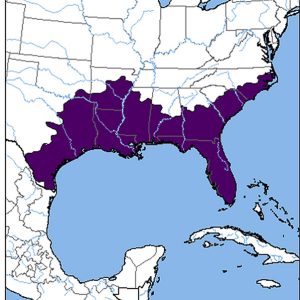 American Alligator Range
American Alligator Range
 American Alligator Skull
American Alligator Skull
American Alligator
 American Bald Eagle
American Bald Eagle
American Burying Beetle
aka: Giant Carrion Beetle
American Eel
 American Hotel
American Hotel
American Legion Hut (Des Arc)
aka: Burson-Bethel Post 119 American Legion Hut
American Legion Post 127 Building
aka: Wilson Burnett Post 127 American Legion Hut
American Made
 American Pharoah
American Pharoah
 Amethyst Geode
Amethyst Geode
 Amity Railroad Engine
Amity Railroad Engine
Ammonites
aka: Ammonoids
 Ammonites
Ammonites




